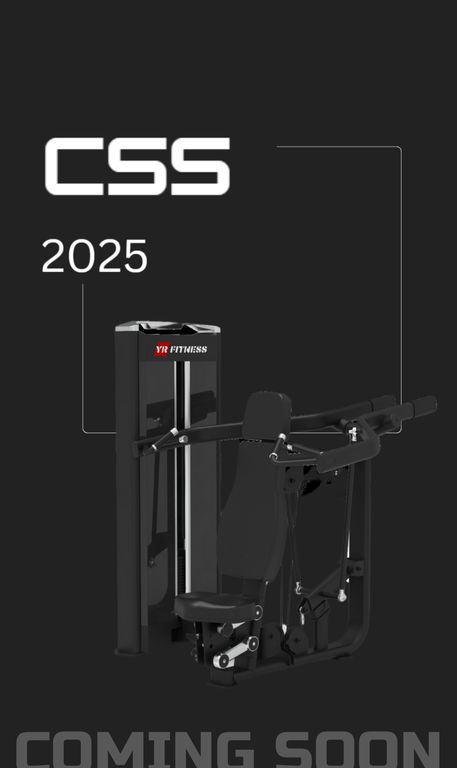Your Expert Stability Balls Wholesaler In China
- Provides necessary patents & certificates
- The excellent customer-oriented sales team that will support you all the time
- Competitive balance between price, quality, and brand
- Easy-grip property for total-body conditioning.
- Ideal in resistance training
- Designed ergonomically for user’s comfort and safety
- Durable construction
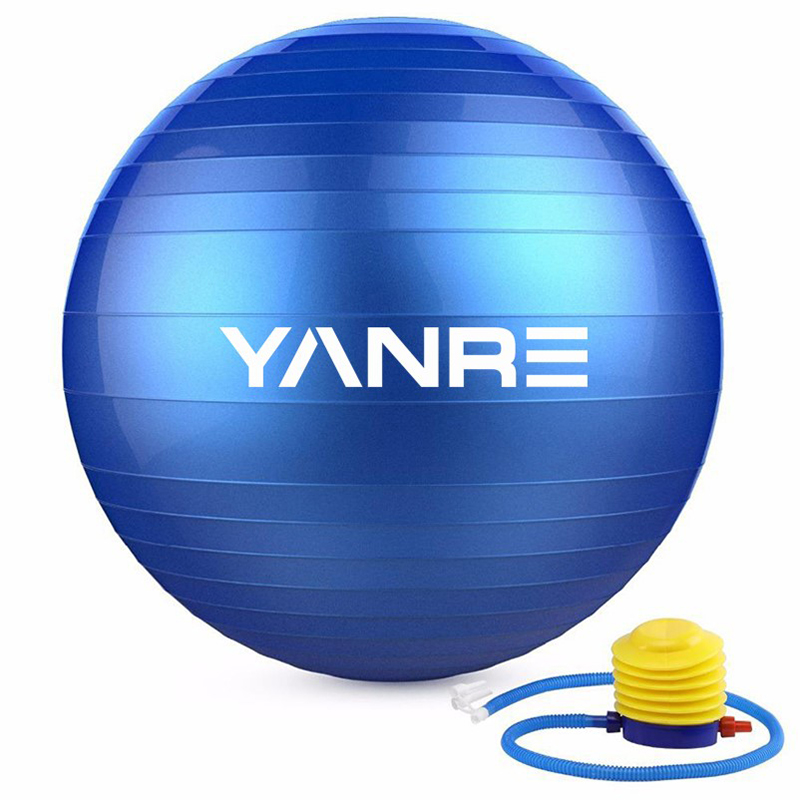
Products We Have for You
Showing all 7 results
-
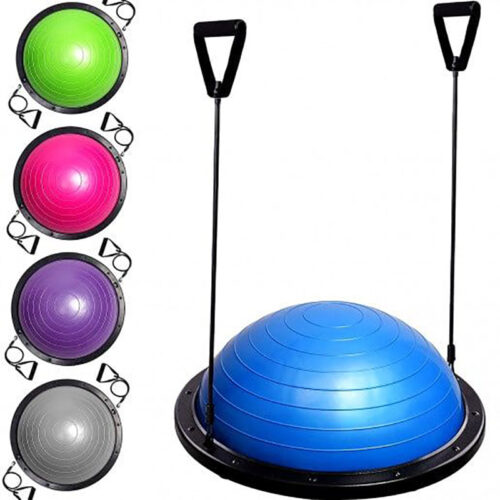
Bosu Ball
$5.00Bosu Ball is a flexible compression strength training accessory that uses an inflat...
-
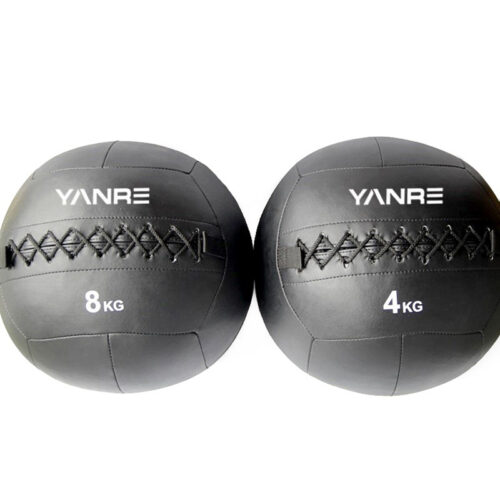
Wall Ball
$5.00 -
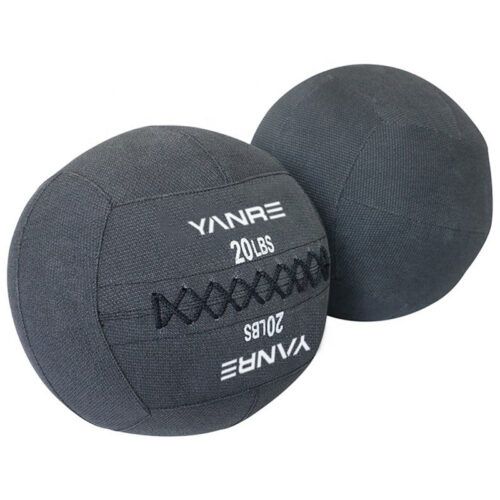
Wall Ball
$5.00 -
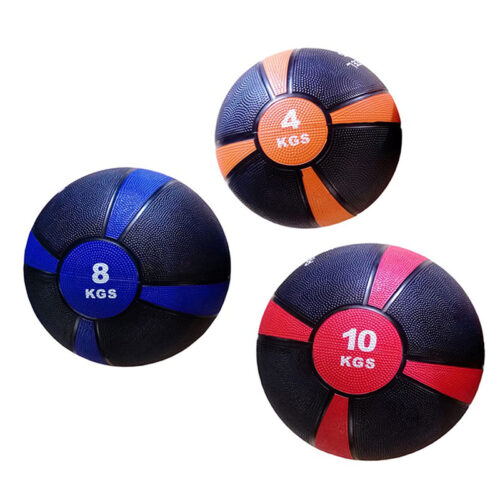
Medicine Ball
$5.00Medicine balls are rubber bounce back balls with a textured, deeply grooved pattern...
-
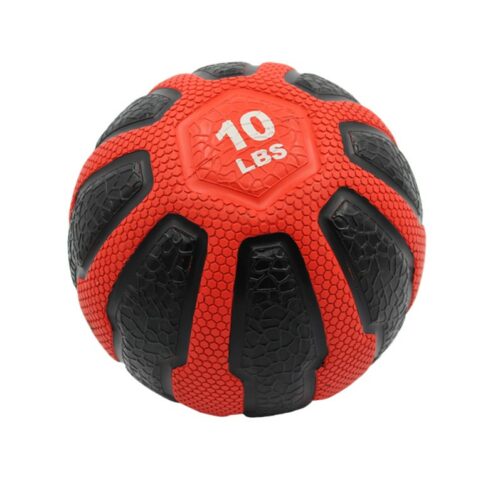
Medicine Ball
$5.00Medicine ball improves muscular growth, enhances heart rate and burns more calories...
-
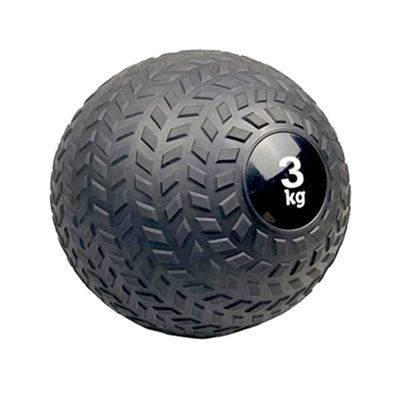
Slam Ball
$5.00 -
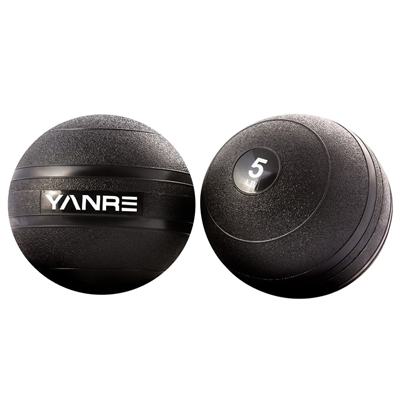
Slam Ball
$5.00

Factory
Over 95% clients choose to cooperate with Yanre Fitness, after visiting our factory and trying our commercial gym equipment personally.
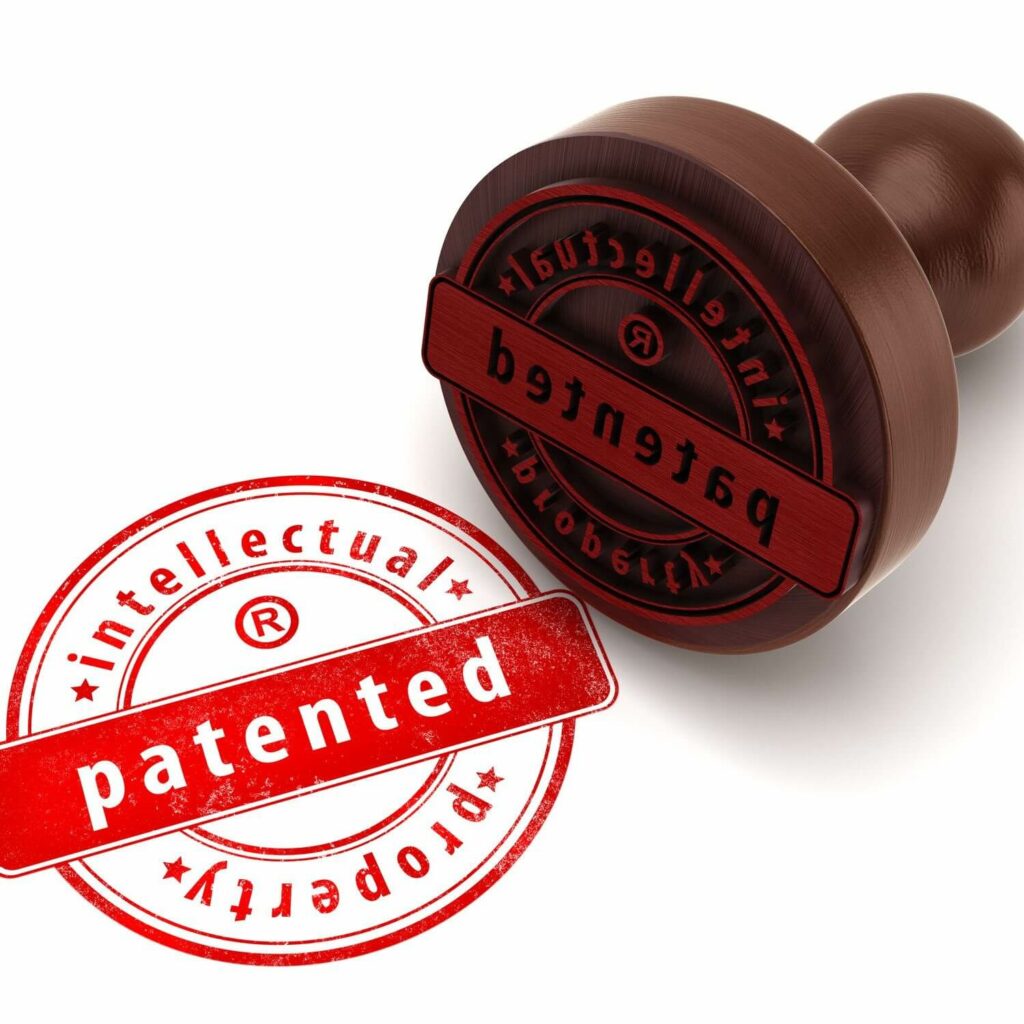
Patents
Our gym equipment meet ISO 20957 standard, with over 40 patents (Utility Model Patents & Appearance Design Patents)
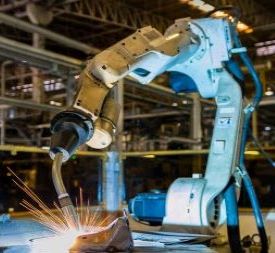
R&D Invest
For more than 20 years, Yanre Fitness invested over 8 million USD for technology development.
Wholesale Stability Balls – Definitive FAQ Guide
No doubt, stability balls are among the most unique and efficient fitness equipment. You normally see these balls in commercial gyms or fitness studios.
If you are looking for superior-quality stability balls in wholesale, this FAQ guide can be helpful. In addition, you can also seek answers to most of your questions regarding wholesale stability balls.
So, without any delay, let’s see what we have here!
Table of Contents
- What are Stability Balls?
- What key features to expect from a stability ball?
- What are the major differences between a Bosu ball and a stability ball?
- What types of stability balls are available?
- What is the diameter of a stability ball?
- Does an air pump come with a stability ball?
- What types of materials are used for manufacturing a stability ball?
- What is the average life of a stability ball?
- What is the weight-bearing capacity of a stability ball?
- What is the air capacity of a stability ball?
- What is the procedure of inflating a stability ball?
- How should I deflate the stability ball?
- How should I clean and store a stability ball?
- How much air pressure is sufficient for inflating the stability ball?
- Can a stability ball burst?
- Do stability balls have a bad odor?
- How to select an ideal stability ball?
- How to take good care of a stability ball?
- How can I determine the anti-slip properties of a stability ball?
- What is the wholesale price of a stability ball?
- Where can I purchase the best stability balls wholesale?
- What to consider when purchasing stability balls in bulk?
- Final Words
What are Stability Balls?
Stability balls are for developing balance and enhancing core strength. Besides strengthening the muscles, these balls also increase muscle strength and flexibility.
There are numerous popular names of stability balls including:
- Exercise balls
- Swiss balls
- Physio balls
- Balance balls
Talking about the texture and features, stability balls are flexible, soft, and lightweight. Hence, performing different workouts is easy with stability balls.
You can use stability balls for a wide range of exercises including, yoga, back training, Pilates, and abdominal training. These balls are also beneficial for lowering back pain and improving posture.
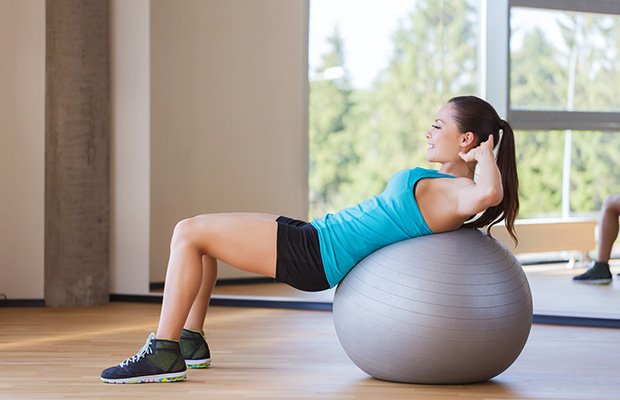
Fig 1: Stability ball (image src-Google images)
What key features to expect from a stability ball?
Given below are the 10 major features of a stability ball:
- High-quality material
- Easy to store
- Ability to perform various exercises
- Sturdy construction and anti-slippery surface
- Strong tolerance
- Works independently on various muscle groups
- Easy to clean
- Comfortable
- Environment-friendly material
- Durable
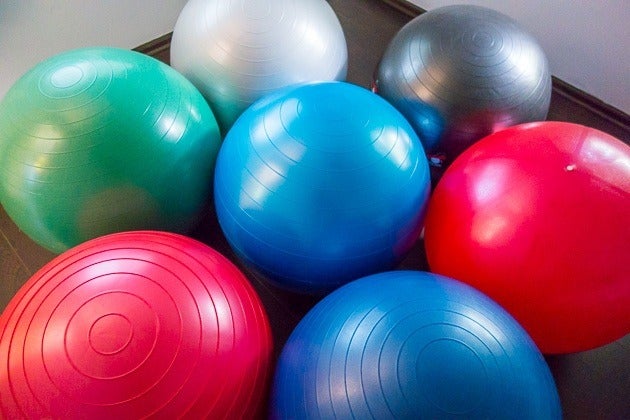
Fig 2: Stability ball key features (image src-Google images)
What are the major differences between a Bosu ball and a stability ball?
There are numerous differences between a Bosu ball and a stability ball. To start with, the basic difference relates to usage and structure.
Here are the major differences between both these types of exercise balls.
Structure
The shape of a stability ball is round. On the contrary, one side of the Bosu ball is round while the other side is flat.
Storage
The stability ball takes more space for its storage. The Bosu ball requires less surface, as its one side is flat.
Price
The Bosu ball is expensive than the stability ball. You can buy a Bosu ball within a price range of $60-$80. The stability ball is affordable, as the price of this item ranges from $30-$50.
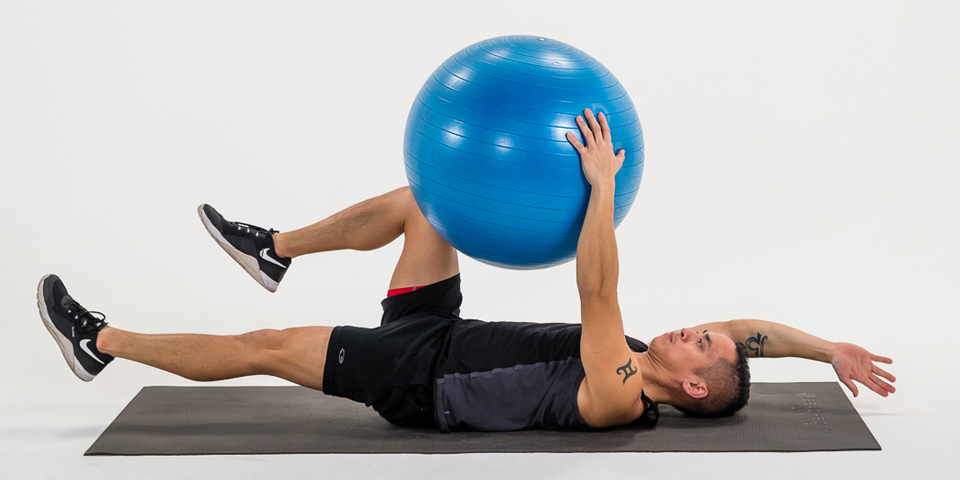
Fig 3: Stability ball structure (image src-openfit)
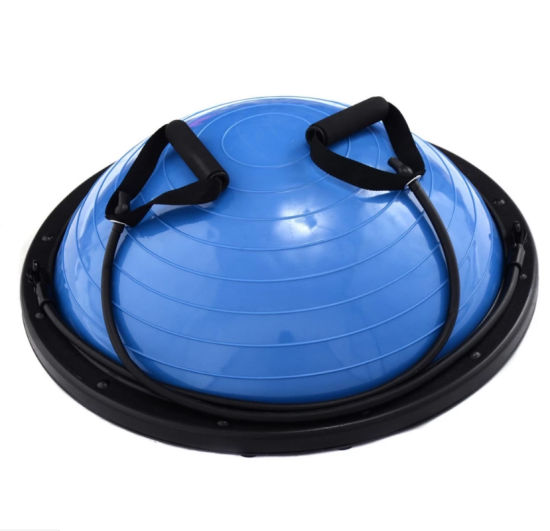
Fig 4: Bosu ball structure (image src-Google images)
What types of stability balls are available?
Although there are different types of stability balls, the two of these are most suitable for commercial use. These types include:
- Large stability ball
- Small stability ball
Large Stability Ball
Swiss ball and balance ball are two other names of a stability ball. The diameter of a large stability ranges from 60 to 80cm. Usually, a large stability ball helps to stabilize core muscles.
Below are the two of the most prominent features of a large stability ball.
- Comfortable
- Versatility
Small Stability Ball
The small stability balls are popularly known as Pilates balls. The diameter of these balls ranges from 20 to 30cm. Apart from other benefits; this ball is a viable choice for performing lower body exercises.
Besides, small stability balls are also effective for lowering back pain.
Stability ball offers features like:
- Easy to store
- Hassle-free inflation and deflation process
- Highly-portable
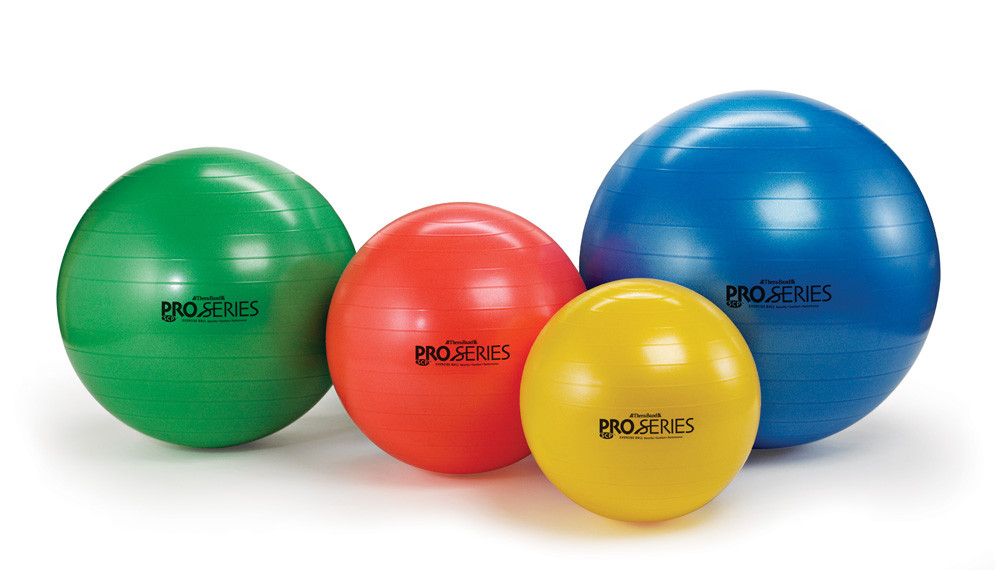
Fig 5: Large and small stability balls (image src-Theraband)
What is the diameter of a stability ball?
The regular-sized stability ball has a diameter of 35 to 80cm.
Does an air pump come with a stability ball?
Yes, an air pump comes as a standard accessory with most stability balls. For buying the top-quality stability balls and reliable electric air pumps, just feel free to contact Yanre fitness.
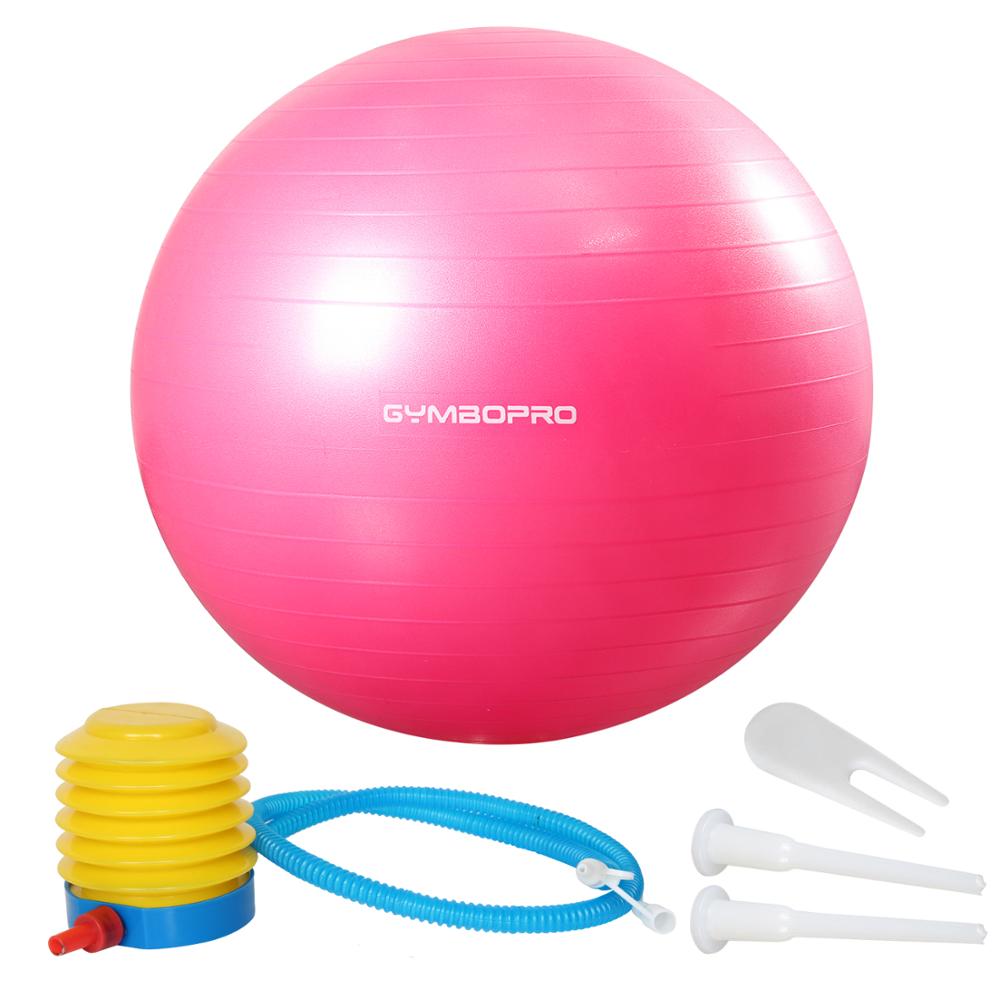
Fig 6: Stability ball air pump (image src-Google images)
What types of materials are used for manufacturing a stability ball?
Normally, manufacturers use Polyvinyl Chloride (PVC) for building stability balls. However, some stability balls are made of rubber.
What is the average life of a stability ball?
The life of a stability ball relies on the type of usage. Normally, a good-quality stability ball can last for a year or so.
What is the weight-bearing capacity of a stability ball?
Most of the stability balls can support weight up to 100kgs. On the contrary, a strongly build stability ball can withstand user weight up to 150kgs. This depends largely on the build quality of a stability ball.
What is the air capacity of a stability ball?
The air capacity of a normal-sized stability ball is 80% of its diameter.
What is the procedure of inflating a stability ball?
Listed below are the key steps that you need to follow while inflating a stability ball.
Step 1: Carefully remove the air plug of the ball. In case you haven’t done it before, simply use a ball plug remover.
Step 2: Now it’s time to inflate the stability ball with help of an air pump. You must always use an electric air pump when inflating the stability ball.
Step 3: Connect the air pump to the air plug of a stability ball with the available pipe.
Step 4: Be careful when inflating the ball. Inflate the ball up to 80% of its total diameter.
Step 5: At this stage, the ball will inflate properly.
Step 6: Now swiftly close the air plug without letting the air out of the stability ball. The stability ball is ready for the workout.
How should I deflate the stability ball?
The deflating of a stability ball also requires you to follow some steps. These include:
Step 1: The first step is to look for the stability ball plug remover.
Step 2: Make sure to carefully slide in the ball plug prongs within the pin remover
Step 3: Now squeeze and pull the pin remover. This will open the ball plug.
Step 4: Leave the stability ball for a few minutes.
Step 5: To remove the air, gently press the stability ball.
How should I clean and store a stability ball?
You can enhance the overall life of a stability ball by cleaning it regularly. Besides, storing a stability ball in a perfect place can also make it more durable. When cleaning or storing the stability ball, you should keep in mind some essential aspects.
What to consider when cleaning a stability ball:
- Use a soft cloth and water for cleaning
- If there are dirt and debris, using a vacuum cleaner can be a wise decision.
- To remove stains or oil from the surface, you can make use of dilute alcohol.
- Regular soap or less intense cleaning agents are also suitable for cleaning a stability ball.
- After applying soap, leave the stability ball for a few minutes
- Rinse the ball with water and clean it with a soft cloth.
- Avoid using harmful chemicals when cleaning the stability ball.
What to consider when storing a stability ball:
- You can deflate the stability ball and place it in a small bag. However, this is possible only when you have sufficient time to inflate and deflate the stability ball.
- Storage racks are also a suitable option when you don’t want to deflate the stability ball.
- Use a vertical rack for better space utilization.
- There are different types of stability ball racks. However, you must choose one that can store more stability balls and consumes less space.
- A wall mounting rack is also a great option, as it requires less space for its installation.
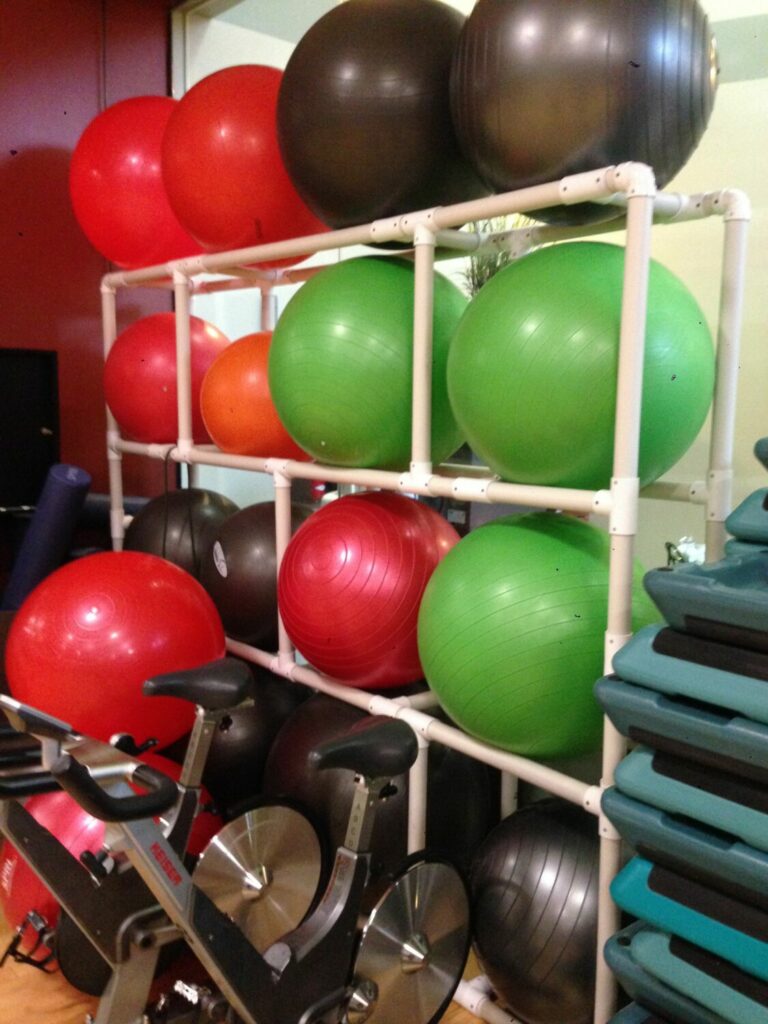
Fig 7: Storing of a Stability ball (image src-Pinterest)
How much air pressure is sufficient for inflating the stability ball?
The recommended inflating pressure of a stability ball ranges between 0.6PSI and 0.9PSI.
Can a stability ball burst?
Yes, stability may burst due to any of the following reasons.
- Inflating over 80% of the stability ball’s diameter can cause it to burst.
- If the stability ball isn’t made of anti-burst material it can burst easily.
For buying high-quality and durable stability balls, Yanre Fitness is a reliable choice.
Do stability balls have a bad odor?
Most of the materials used for making stability balls are odorless. In fact, low-quality stability balls give odor. This is an indication that the stability is substandard.
In addition, stability balls made of toxic materials also release an unpleasant odor. On the other hand, top-rated stability balls are odor-free.
How to select an ideal stability ball?
When buying a perfect stability ball, just make sure to keep in mind these factors.
Size
This is the most essential factor to consider. The size of a stability ball varies depending on the user’s height.
In order to choose a perfect size for you, just take into account these important points.
- Go for 45cm diameter if the height is less than 5 inches
- Choose 55cm diameter for people 5’1″ to 5’8″ tall
- 65cm diameter for 5’9″ to 6’2″ height
- 75cm diameter for 6’3″ to 6’7″ height
- Above 6’8″ height, go for 85cm diameter stability ball
- Besides, buy a large stability ball if have long legs
- People with back pain should also choose a large-sized stability ball
Weight Support
Each stability ball offers a specific weight-bearing capacity. Hence, it is necessary to read the details regarding the weight support capacity of a stability ball.
In addition, here are the key points that you must keep in mind while buying a stability ball.
- Verify that whether a stability ball displays its weight-bearing capacity or not.
- Select a stability ball, which is capable of holding your weight.
- In addition, look for the static weight rating. This shows the maximum weight a stability ball can bear when you are sitting on it.
- There is another rating known as dynamic weight rating. This suggests that how much weight a stability ball can support when you are performing a workout or bouncing on it.
Air Pump
Look for a stability ball that comes with an air pump. It is not advisable to buy such a pump separately.
Consider these points when looking for a perfect air pump.
- Only settle for a top-quality air pump.
- Make sure to carefully store the air pump needle, as it can break easily.

Fig 8: Stability ball size guide (image src-Homegymr)
How to take good care of a stability ball?
Here are the important factors to consider while taking good care of your stability ball.
- Don’t inflate the stability ball more than 80% of its diameter. Keep this point in mind to avoid bursting your stability ball.
- Avoid placing your stability ball in a cool place, as it can shrink under low temperatures. Hence, store it in a warm place.
- Keep your stability ball away from things with sharp edges.
- Regularly clean your stability ball by taking into account the tips provided above. Make sure not to use harsh chemicals.
- Try rotating your stability ball when doing a workout. It can help to increase its lifespan.
- After inflating a stability ball, leave it for a few hours. During this time, the stability ball will become softer.
- Carefully remove the ball plug. Avoid using sharp objects for this purpose.
- Do not put heavy weights on a stability ball. It can cause the ball to burst due to excessive weight.
- Keep a stability ball away from sunlight, as a high temperature can damage its surface.
- Always use high-quality air pumps to inflate a stability ball.
- In some cases, a burst-proof stability ball may also burst. To avoid happening this, look for bursting signs.
How can I determine the anti-slip properties of a stability ball?
The anti-slide feature or a stability ball is necessary to avoid injuries. In order to have better control and safe use, look for a stability ball with anti-slip properties.
Below are the structural aspects, which determine the anti-slip properties of a stability ball.
- The overall texture increases or decreases the anti-slide properties of a stability ball.
- The good grip and ideal smoothness are indications of perfect anti-slide features.
- If the surface is extra smooth, it can cause the stability balls to slip. This may result in injuries. It also fails to provide sufficient grip. Hence, you can’t expect good anti-slide properties from this type of stability ball.
- On the other hand, the sticky texture can provide a strong grip. However, this kind of texture attracts debris and dirt. Hence, it doesn’t offer better anti-slide features.
What is the wholesale price of a stability ball?
Talking about the wholesale price of a stability ball, it ranges from $30 to $50. The price can go as high as $100 or above.
However, Yanre Fitness offers you top-quality stability balls at an affordable price. So, don’t hesitate to grab the best offer.
Where can I purchase the best stability balls wholesale?
Yanre Fitness is a viable option when it comes to buying high-quality stability balls at wholesale prices. Although the prices are affordable, you will get the best possible quality.
So, don’t waste your time, just give us a call today for receiving the top deals.

Fig 9: Stability ball Yanre fitness (image src-Yanre fitness)
What to consider when purchasing stability balls in bulk?
In fact, you have to understand a lot of things before buying stability balls in bulk. These include:
- Durability
- Quality
- Washable materials
- Return policy
Durability
Whether you are buying stability balls for a yoga studio or commercial gym, durability is the key feature to consider. The stability ball you are choosing must be capable of serving the purpose for years.
- A stability ball must be sturdy and offer required durability.
- Polyvinyl chloride (PVC) is a high-quality material. Hence, look for a stability ball made with this material.
Quality
When purchasing a stability ball in bulk, pay attention to its quality. Look for a ball made with anti-burst materials. For this purpose, make sure not to compromise quality over price.
To judge the quality of material, take into account the following points.
- Analyze the quality of the used material.
- Look at the anti-burst rating when buying the stability balls. The anti-burst rating starts from 100kgs and goes up to 400kgs.
- Only choose a stability ball with a high anti-burst rating.
- The material used for making stability balls should be anti-burst.
- Avoid buying thinner balls, as they are made of low-quality material.
- Always choose a thick ball made of top-quality materials.
- You also need to look for a latex-free material.
The anti-burst material ensures the safety of the user. Even if the puncture occurs, the ball would deflate slowly. If the ball isn’t made of anti-burst material, it may burst and cause injury.
Washable Materials
If you are regularly using a stability ball, try to use removable washable covers. These covers are essential to maintain the stability ball in good condition.
When buying washable covers, keep in mind these factors:
- The washable cover must have an anti-slip surface
- It should consist of durable and industrial-grade materials.
- The washable cover must offer a perfect fit. Don’t buy if it is too tight or too loose.
Return Policy
Before buying stability balls in bulk, make sure to verify the return policies. Chances are there that you may receive a few broken or damaged pieces when ordering in bulk. This normally happens during shipping.
Do consider these points when ordering stability balls in bulk:
- Carefully read the return policy.
- Know the exact period for the return policy.
- The manufacturer should also accept returns if you are not satisfied with the material, texture, or size of a stability ball.
Warranty
In addition to the return policy, knowing the warranty information is also essential. It is a crucial factor to consider when buying stability balls.
You can ask for a replacement if you have received a damaged stability ball. When buying stability balls in bulk, make sure the warranty comes with the following points:
- Avoid buying stability balls without a warranty.
- The minimum warranty should not be less than 2 years.
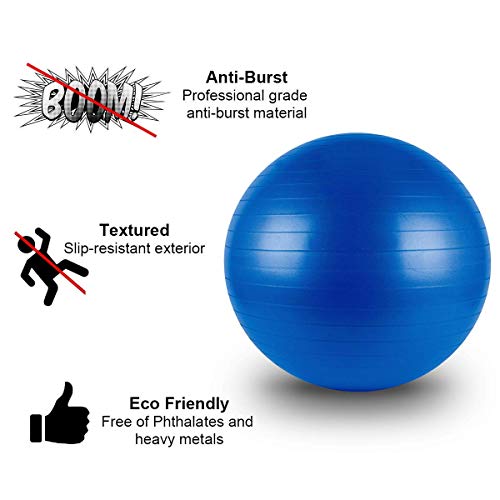
Fig 10: Stability ball buying Guide (image src-Diet plus-minus)
Final Words
We tried to offer you the most important information regarding stability balls. This FAQ guide is capable of answering most of your queries.
After reading this guide, it would be much easier for you to buy a stability ball. If there is a question in your mind, just feel free to contact Yanre Fitness.


